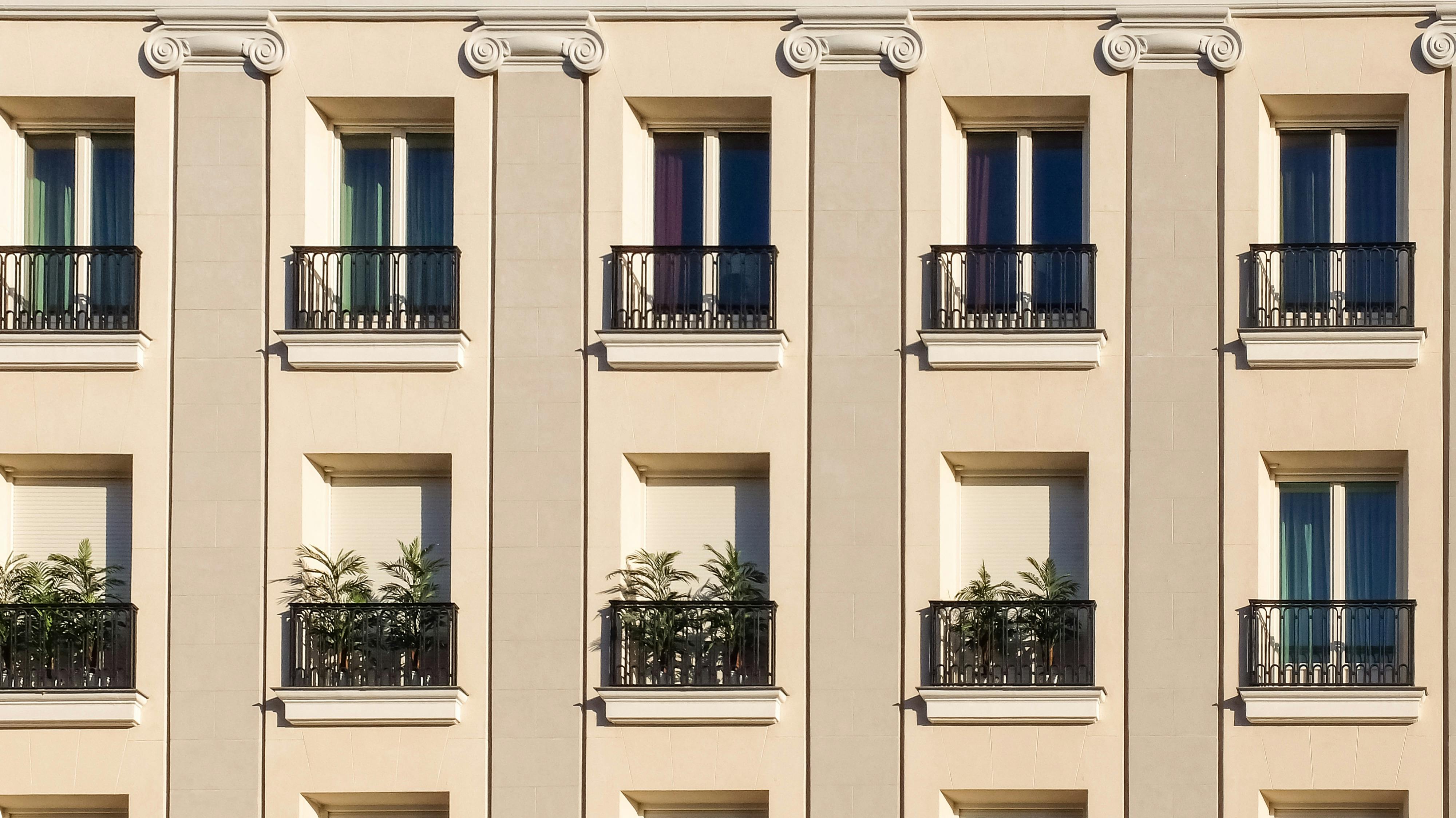
Horizontal or vertical drywall application
Let’s start with the basic eight-foot sheet of drywall. Most drywall contractors apply drywall horizontally, however I have seen some contractors who work with metal stud framing install 10 foot sheets of drywall vertically.
The reasons for installing the drywall sheets 10 feet up and down or vertically in this situation are pretty simple. Structural strength is not required in these walls because they are simply room-dividing partitions, and typically the drywall only needs to be finished to 9 feet. This is the only time I have seen drywall run vertically.
In a wood frame home, the drywall actually adds quite a bit of value to the home itself.
The manufacturer suggests installing eight-foot sheets of drywall horizontally. Horizontal drywall application means installing the 4-foot side of the drywall up and down and the eight-foot side of the drywall side by side.
What is the reason for installing the 4 x 8 sheets horizontally?
When it comes to finishing drywall, 4-foot seams that run up and down or vertically won’t be as noticeable as a seam that runs up and down the entire wall. If you haven’t read one of my recent articles on setting up your window at eye level, let me give you a brief education on eye level.
A 5’8″ tall person will be more likely to notice things between 4’6″ and 6’6″ tall. Correct any finishing flaws in the drywall. Running the drywall horizontally will give us a little out of reach of the 4 foot six lower eye level with our finish.
Another reason to install drywall horizontally is that there’s a good chance your eyes can pick up four-foot lines on the wall that run from floor to ceiling fairly easily. In older homes, you will see lines on the roofs every 24 inches or so. This is because drywall or drywall ceilings begin to sag between the ceiling joists.
It’s hard to do anything with these lines once the drywall is done. The only alternative you would have is to remove the ceiling and put the drywall back on and finish it.
Vertically running drywall will tend to crack more easily than horizontally running, staggered drywall. The four foot section of drywall is stronger than the 8 foot section. Staggering your drywall breaks every four feet will also increase the strength of your wall.
Try not to break drywall in door openings. The door openings seem to break easily from the corners and work their way up to the ceiling. Allow the drywall to run over the doorway, then cut it away leaving the door opening raw during drywall installation.
If you’ve ever seen a home that was built out of drywall by a professional crew, the waste is unbelievable. The reason for this is simply that the drywall contractor doesn’t want to go back and fix the cracks in the walls three or four years after you’ve finished. It can be quite laborious to install scrap pieces of drywall instead of using larger sheets to cover the same area.
Don’t forget and always remember that. The manufacturer recommends horizontal installation of drywall.